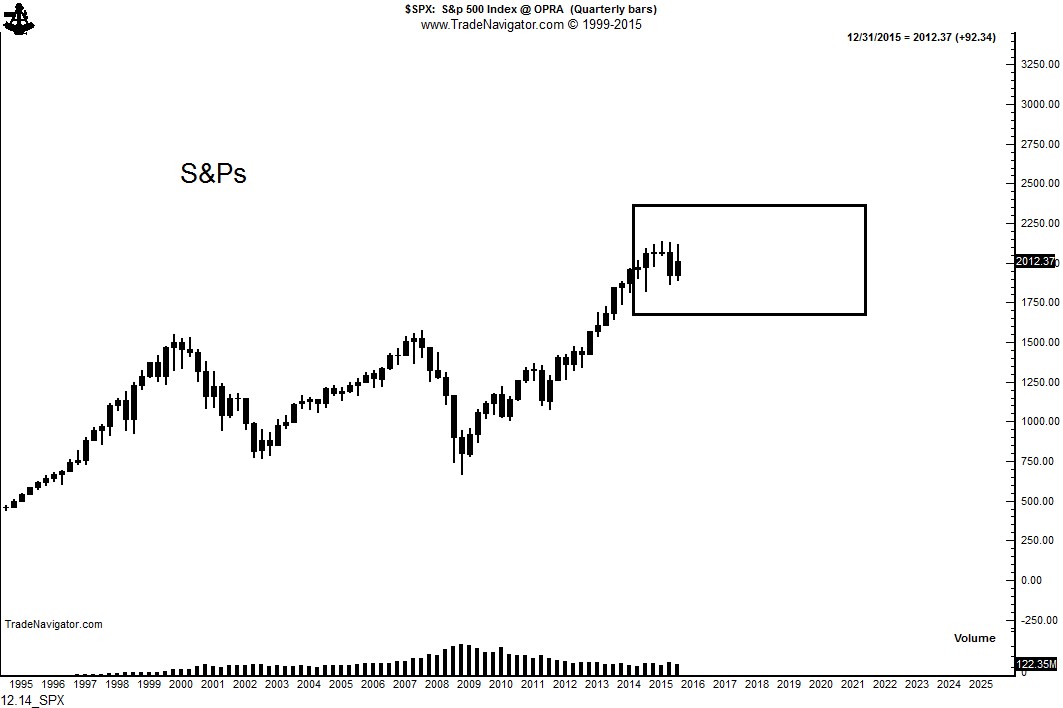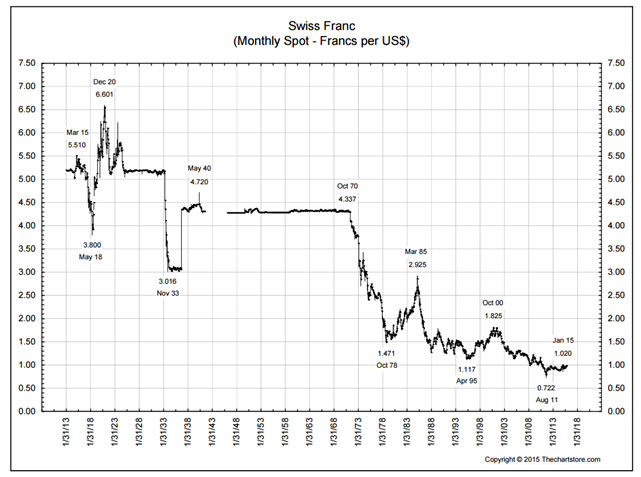Is the tarnish on Silver about to be removed?
Five-year bear trend in Silver may be coming to an end
For the past five years Factor has remained negative on the Silver charts, calling for the bottom in Dec 2014. The weekly graph has now formed a 16-month falling wedge. This pattern can serve as a primary bottom based on classical charting principles.
April 2011, Factor correctly called the top in here (How do you spell bubble — SILVER) and here (8 years of Silver Supply changes hands at top).
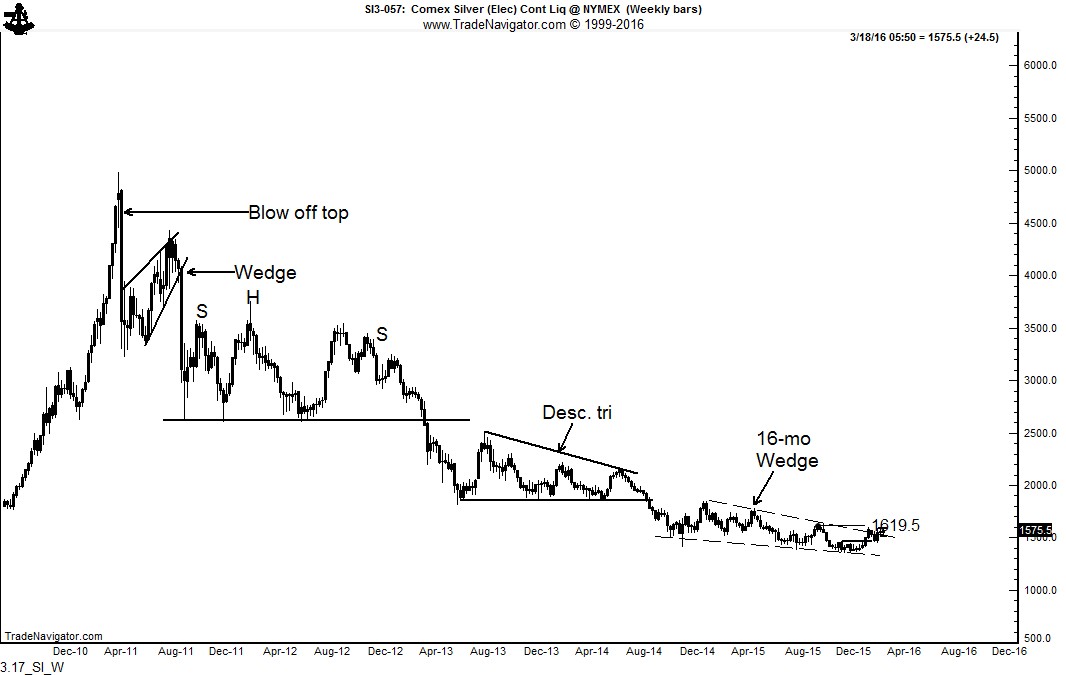
![]()
The daily chart exhibits several features. First, note the 12-week rounding bottom at the low boundary of the weekly chart wedge. The chart is now forming a possible 6-week cup and handle pattern (in form only). Note that the handle portion has formed an independent rectangle. The completion of this cup and handle pattern would also clearly resolve the weekly chart falling wedge. The completion of the wedge would establish an initial price target of 1840.
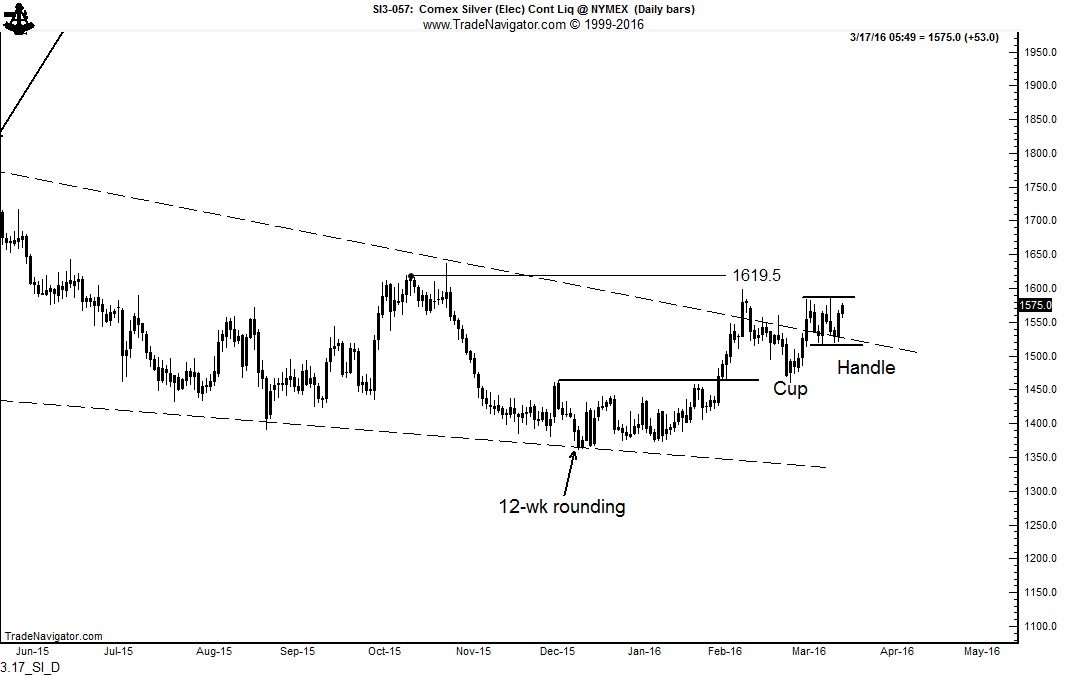
WARNING — Silver is notorious as a volatile market that whips traders around without warning. A $1 swing can occur at any moment. I far prefer to trade Gold.
$SI_F, $SLV

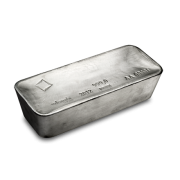

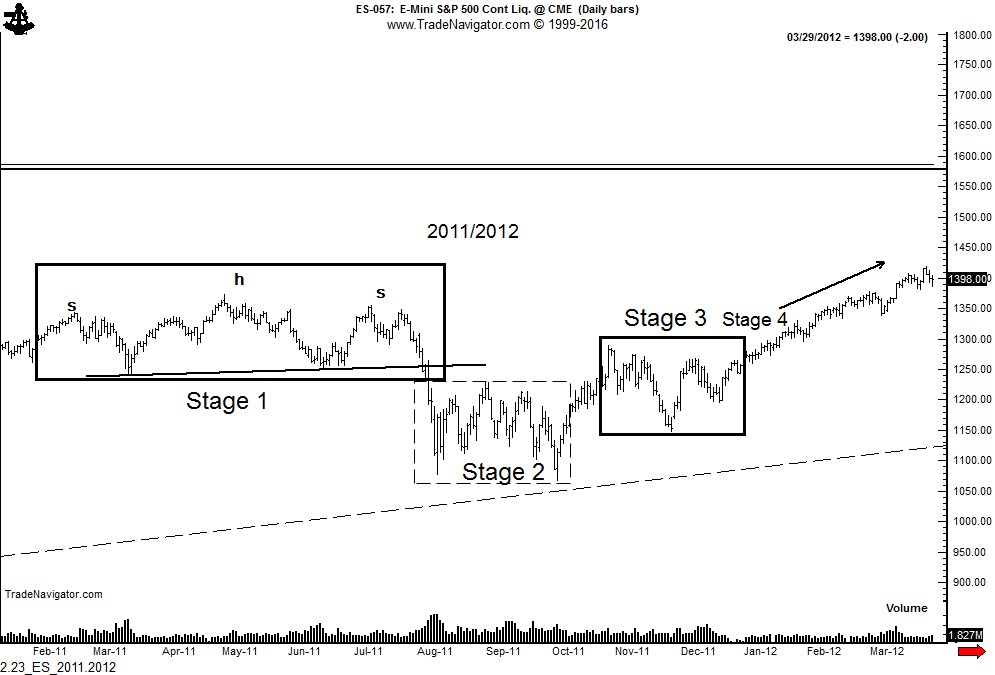
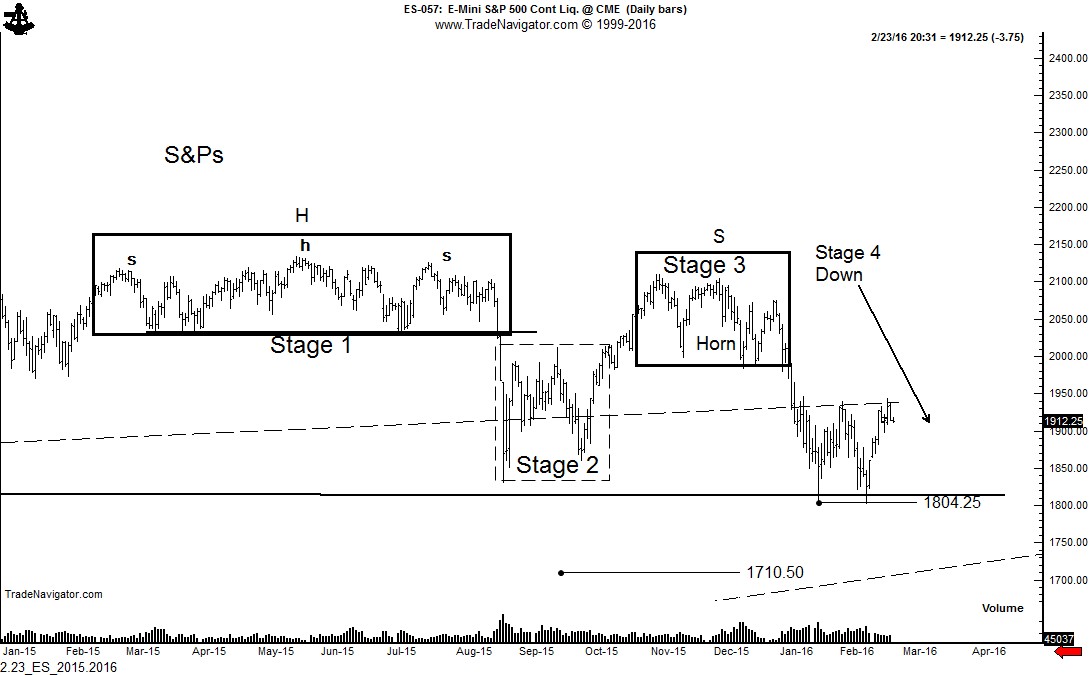

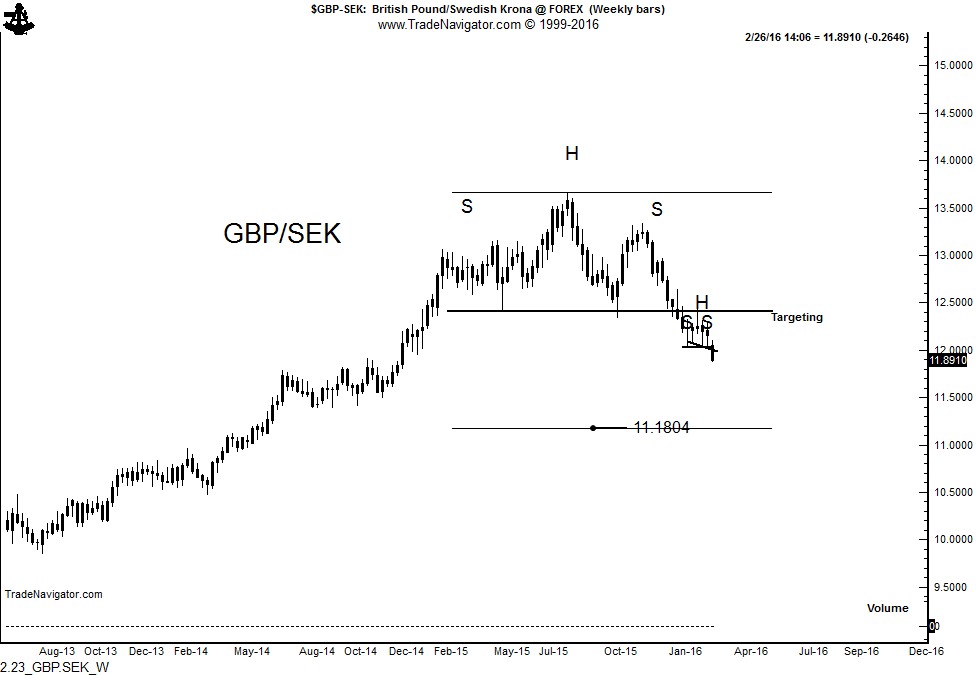

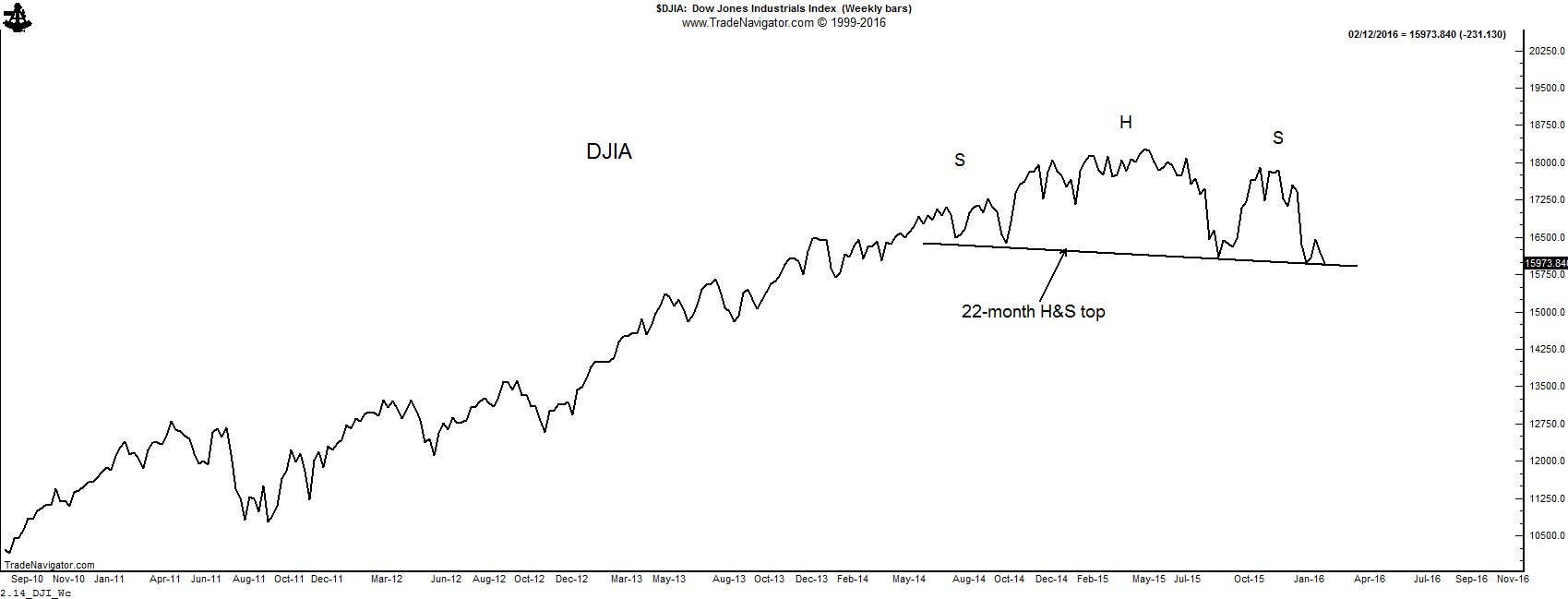


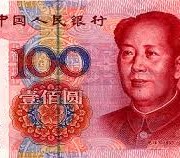
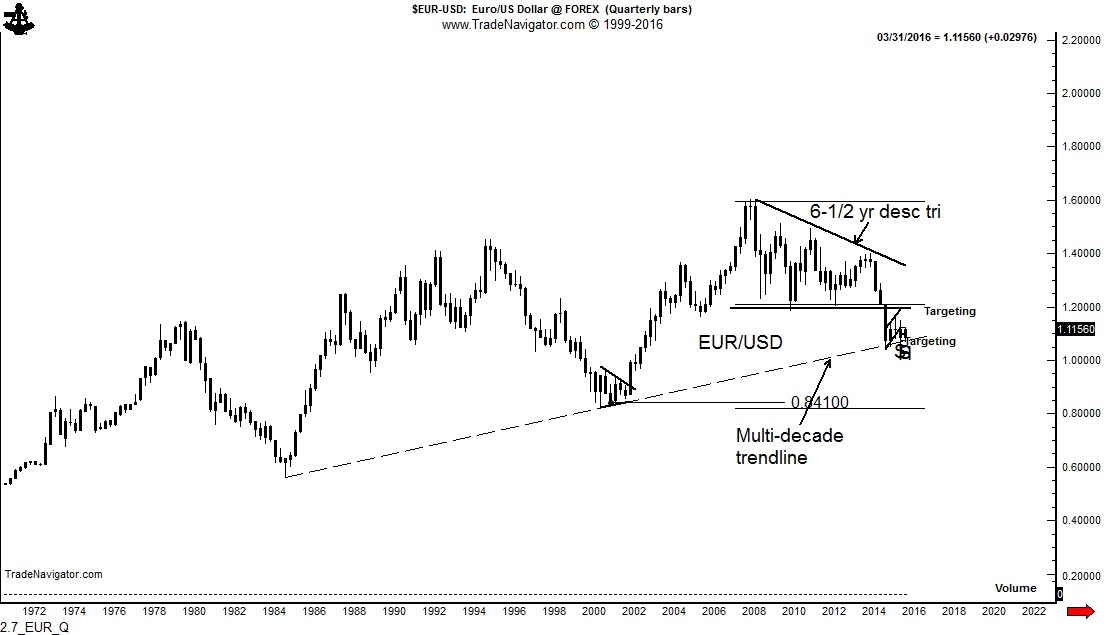
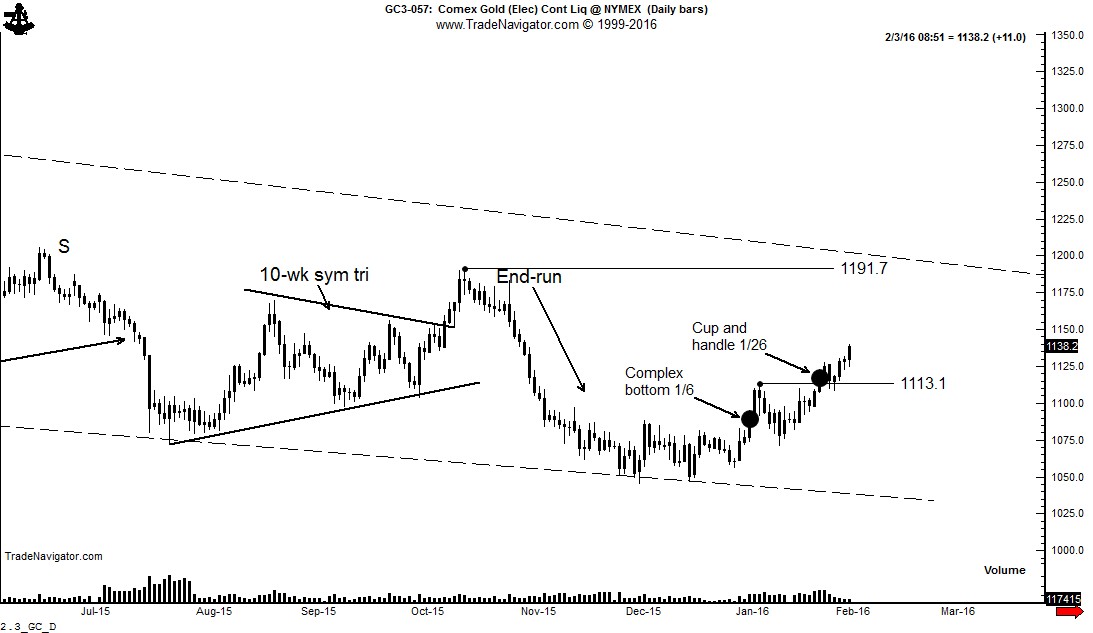
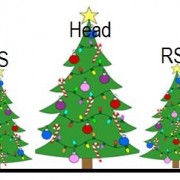
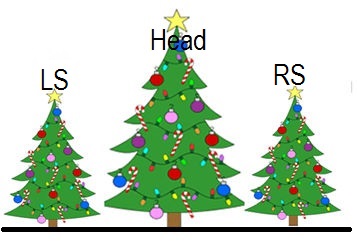
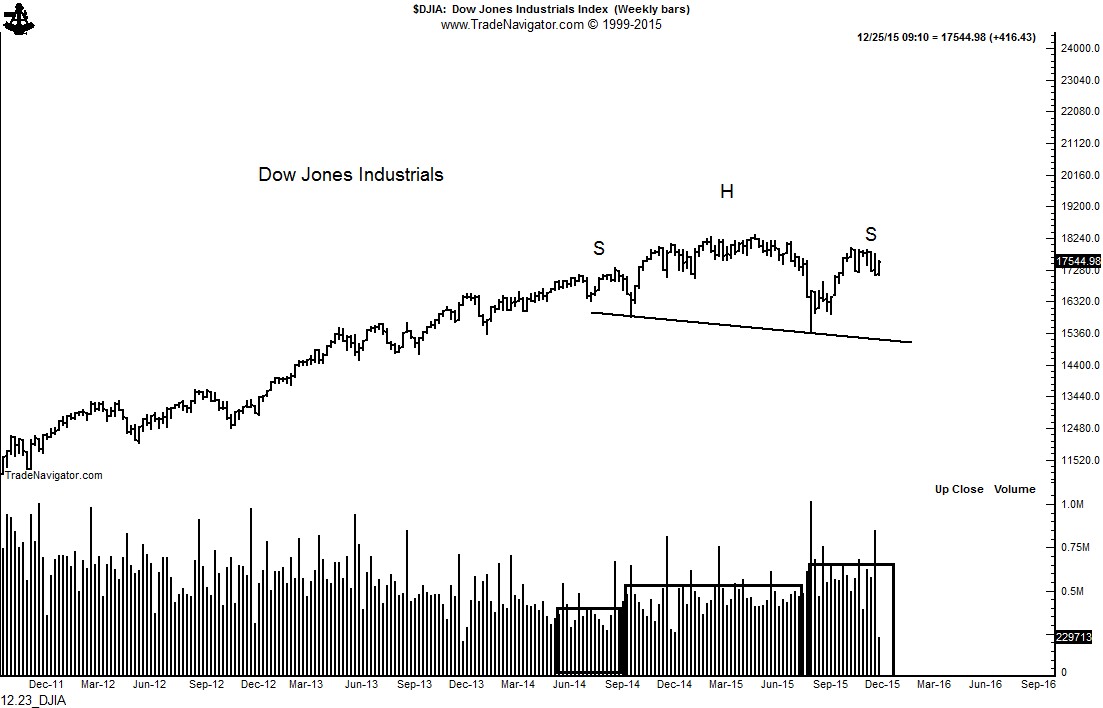

 But I am NOT a doomsayer. In U.S. stocks I am NOT a bear and I am NOT a bull. In fact, I believe the S&Ps will remain in a range of 10% above the recent high to 10% below the recent low for the next five to eight years.
But I am NOT a doomsayer. In U.S. stocks I am NOT a bear and I am NOT a bull. In fact, I believe the S&Ps will remain in a range of 10% above the recent high to 10% below the recent low for the next five to eight years.
